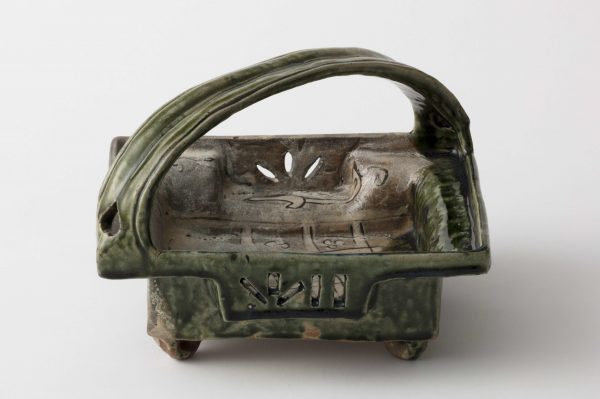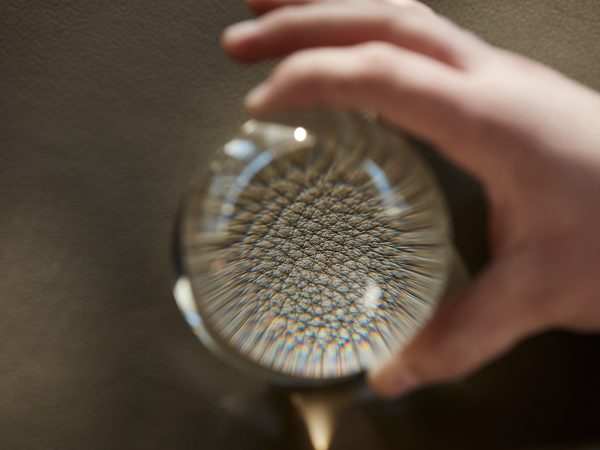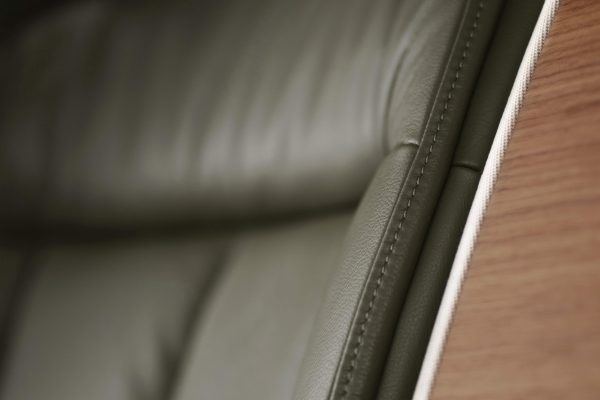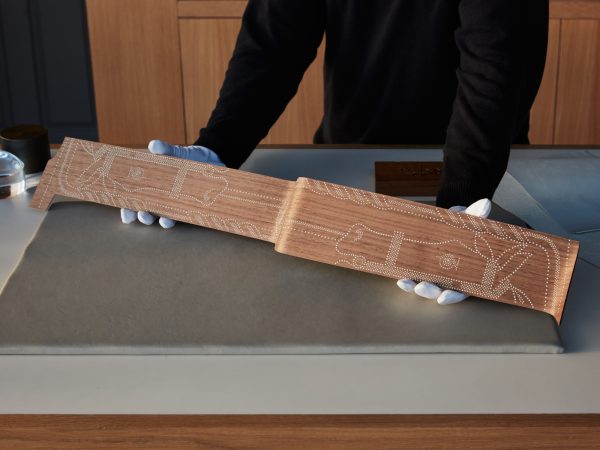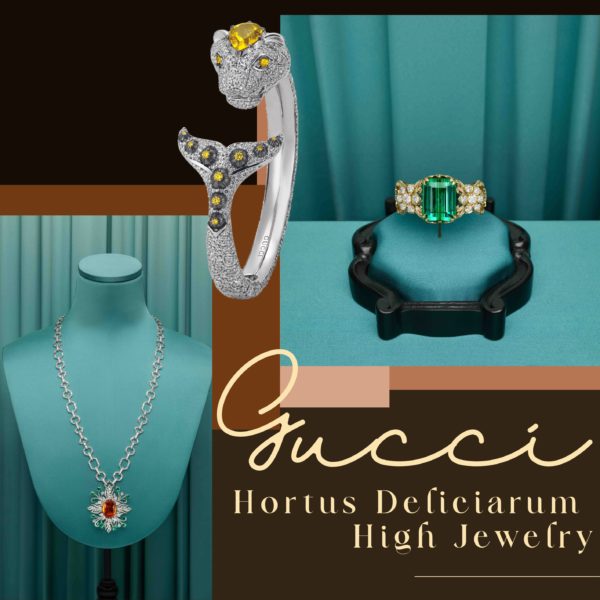
Hortus Deliciarum — meaning «Garden of Delights» in Latin — blends Gucci’s rich heritage in Italian craftsmanship and its ever-distinctive creativity in one-of-a-kind masterpieces distinguished by unique artistry, exceptional quality, and acute attention to detail. The current chapter, the third since the collection’s launch in 2019, draws inspiration from the world of travel and the memorable moments that every journey can bring.
 The new additions to the Hortus Deliciarum collection include necklaces, bracelets, earrings, and multi-finger rings, divided into different themes. The designs explore tantalizing facets of the natural and animal kingdom, placing jewelry artistry center stage. These pieces evoke distant, exotic, and magical worlds, exciting the imagination of Gucci’s signature painterly approach to high jewelry craftsmanship. A selection of pieces features fresh interpretations of Gucci’s distinctive Lion Head and Tiger Head motifs, symbolizing strength, courage, and passion. Flawless, fancy cut vivid gemstones, from aquamarines to yellow sapphires, add vibrant touches to these dynamic designs.
The new additions to the Hortus Deliciarum collection include necklaces, bracelets, earrings, and multi-finger rings, divided into different themes. The designs explore tantalizing facets of the natural and animal kingdom, placing jewelry artistry center stage. These pieces evoke distant, exotic, and magical worlds, exciting the imagination of Gucci’s signature painterly approach to high jewelry craftsmanship. A selection of pieces features fresh interpretations of Gucci’s distinctive Lion Head and Tiger Head motifs, symbolizing strength, courage, and passion. Flawless, fancy cut vivid gemstones, from aquamarines to yellow sapphires, add vibrant touches to these dynamic designs.
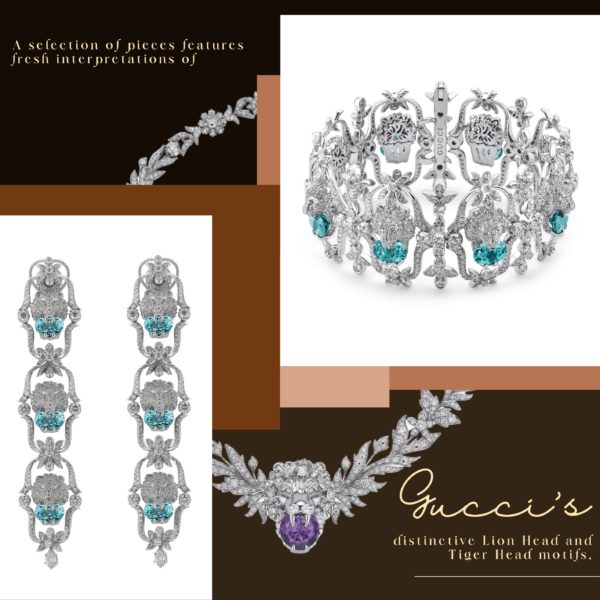
The collection includes several new creations showcasing a captivating combination of multicolored stones that are inspired by the concept of prismatic beauty and specifically designed to catch the light. These include a brilliant multi-finger ring – the result of 100 hours of meticulous production – crafted in yellow gold with a beautiful 38.8 carat green tourmaline centerpiece surrounded by diamonds. An equally stunning yellow gold cuff earring offers an elegant explosion of garnets, yellow beryl, rubellite, and diamonds. Here, Gucci blends the modernity of a cuff style with the exquisite beauty of warm-toned gems and dainty, flowing lines.

Other stunning pieces are distinguished by cascades of dancing diamonds, inspired by the beauty of shooting stars and the sparkling torrents of a waterfall. A highlight of this selection is a parure comprising a dazzling white gold necklace and matching drop earrings. Involving 300 hours of production, the necklace features diamond-embellished starbursts trimmed with lady-like diamond bows, while the earrings reveal diamond- encrusted bows and chandelier-like crystal droplets around two teardrop cut diamonds with a total of 16.7 carats.

A yellow gold bracelet, meanwhile, showcases a diamond-embellished chevron pattern and an oval-shaped 16 carat rubellite tourmaline, offering a striking geometric interplay of straight lines and smooth curves. This exceptional creation takes 200 hours to produce.

Intricately crafted and full of surprising details, an ornate diamond parure pays homage to the majestic beauty of natural landscapes. A diamond-encrusted geometric chain necklace is teamed with a stunning round-cut mandarin garnet pendant embellished with dainty emerald leaves. This can be teamed with a matching pair of jacket earrings, also in fresh and surprising shades of green and mandarin, offering a dazzling 40.5 carats of jewels for the necklace and 15.3 carats for the earrings.

To complete the collection, new diamond-embellished solitaire rings shine in an array of hues that resemble the changing colors of the sky. A sculpted, white gold design mesmerizes with a hexagonal 14.7 carat tanzanite centerpiece, while three other white gold rings each present a heart-shaped gemstone in a vivid color: a 9 carat blue tourmaline, a 12.6 carat peach tourmaline, or an 11.5 carat pink tourmaline.

The Hortus Deliciarum High Jewelry collection, launched in Paris in 2019, was followed by a second chapter presented on Italy’s Lake Maggiore in 2021 while the third and current collection was initially unveiled in Rome in 2022.
LoL, Sandra

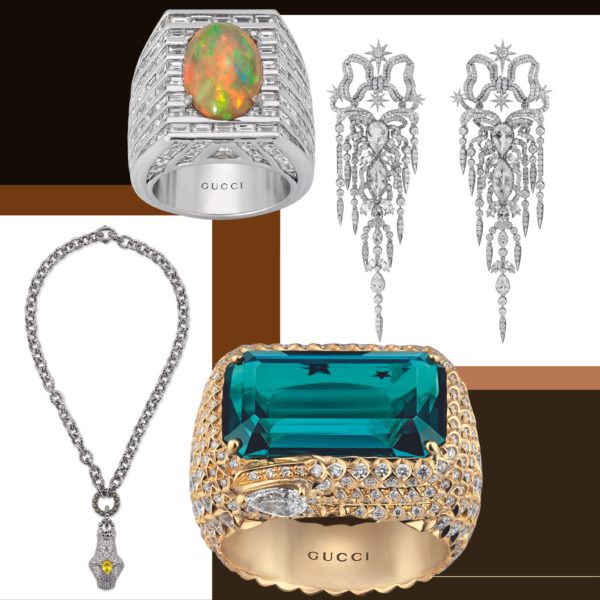
Photos: © Gucci
DISCLOSURE: We may earn commission from links on this page, but I only recommend products I love. Promise!


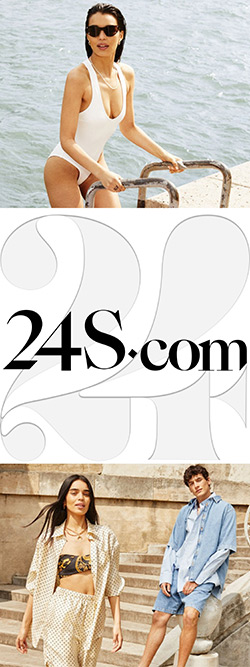


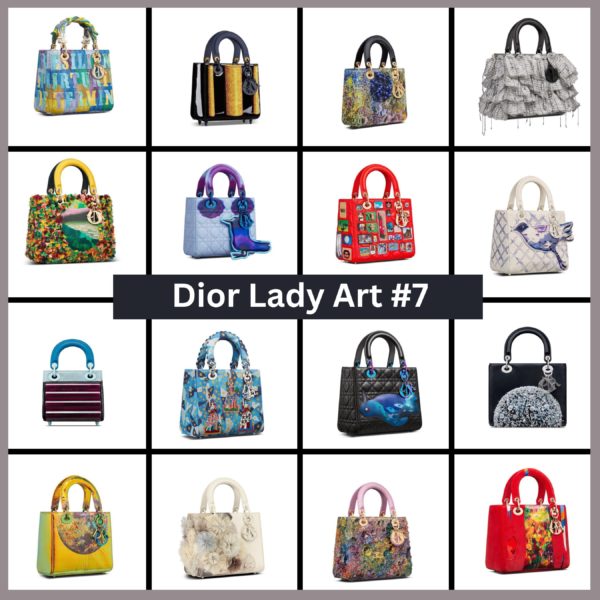

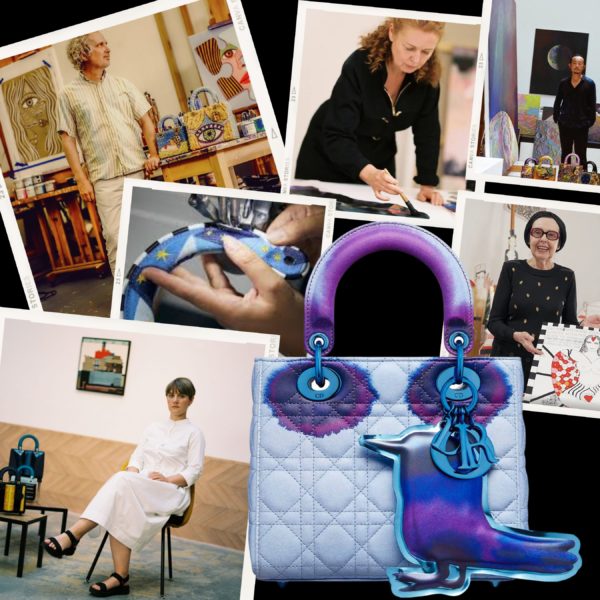











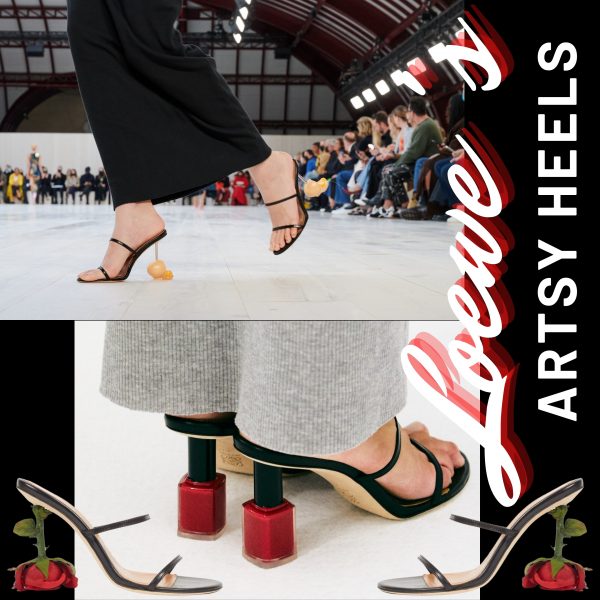
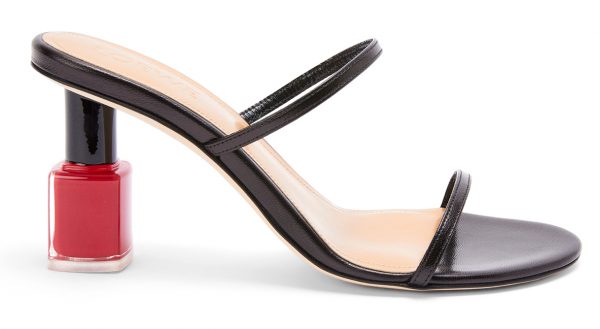
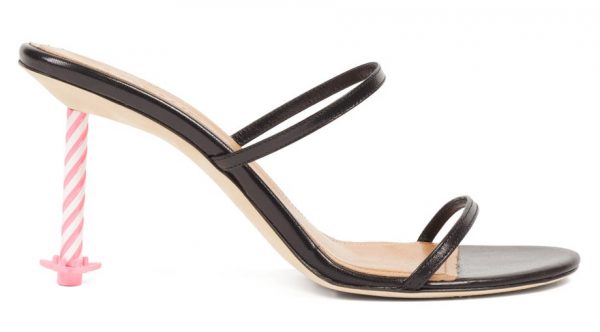
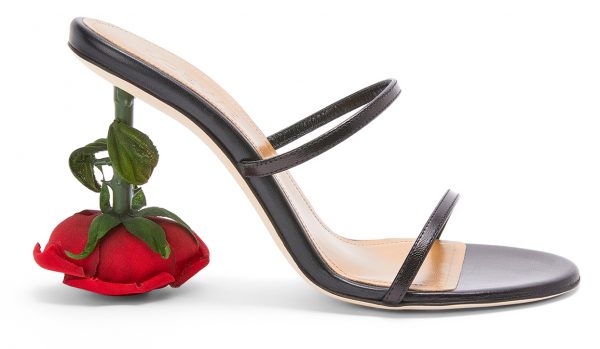
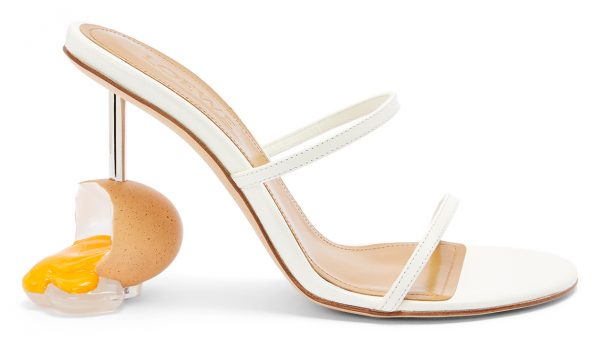

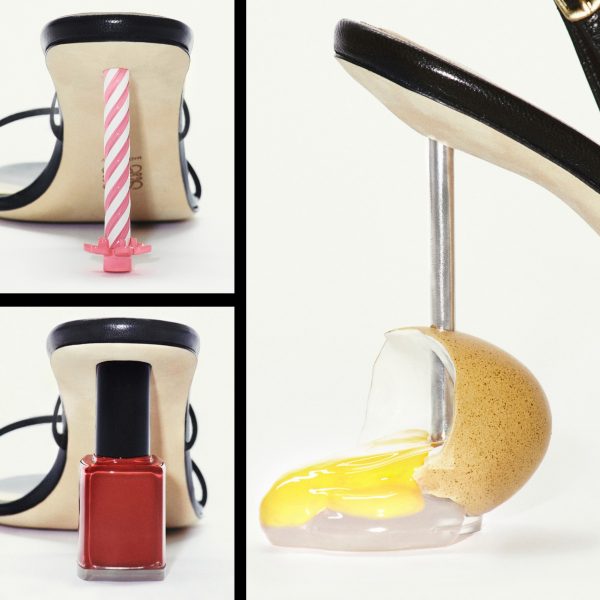




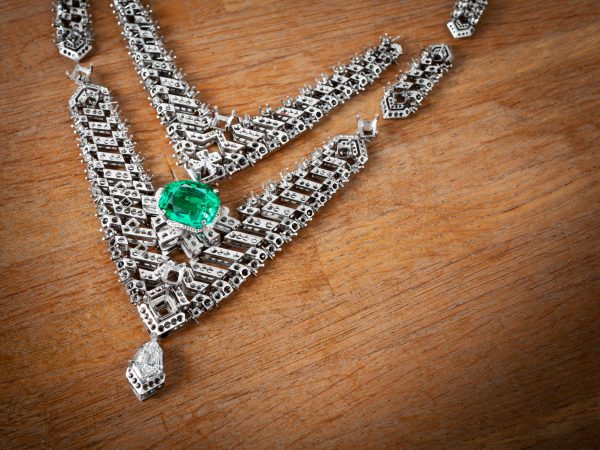



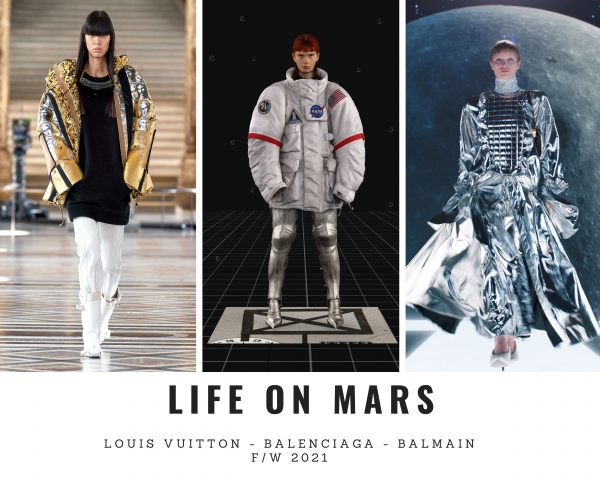
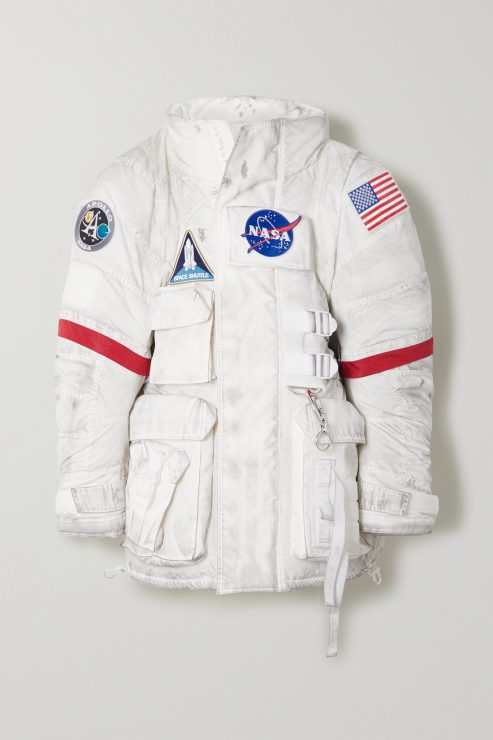

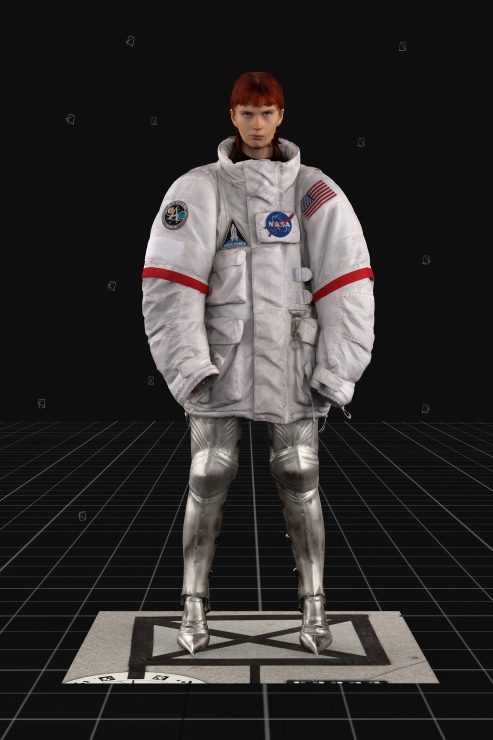


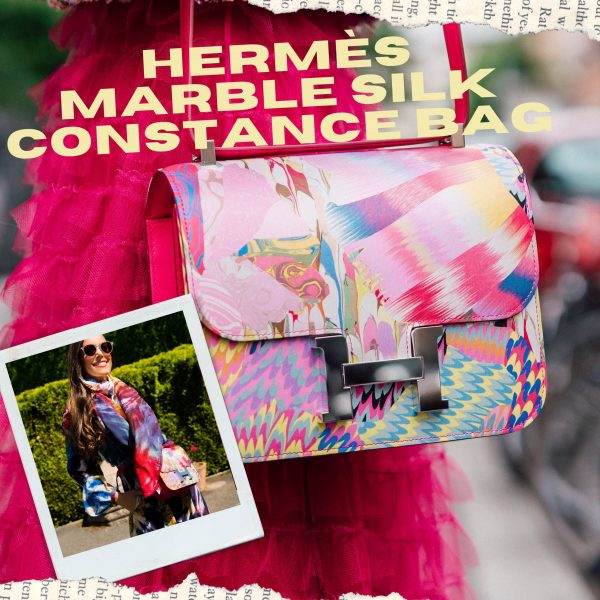
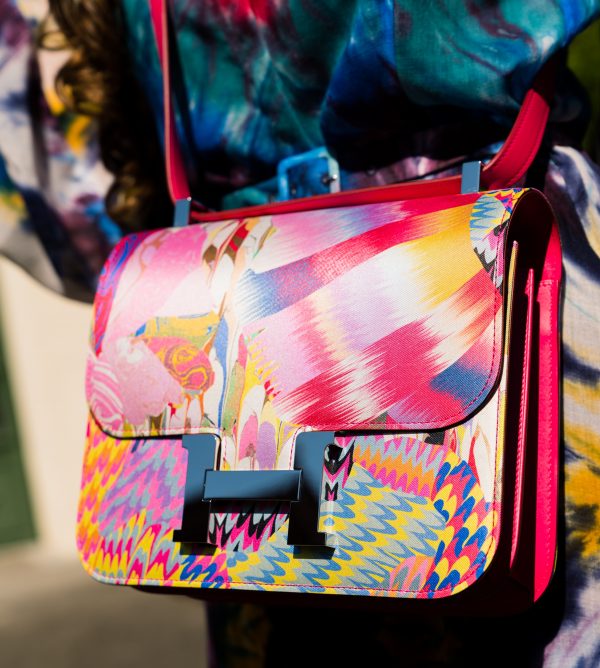
 Matching the bag is this exceptional
Matching the bag is this exceptional 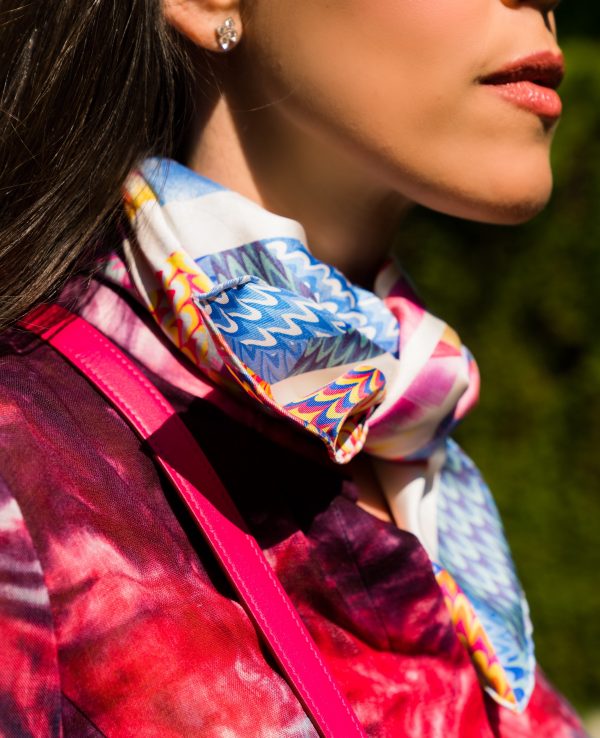
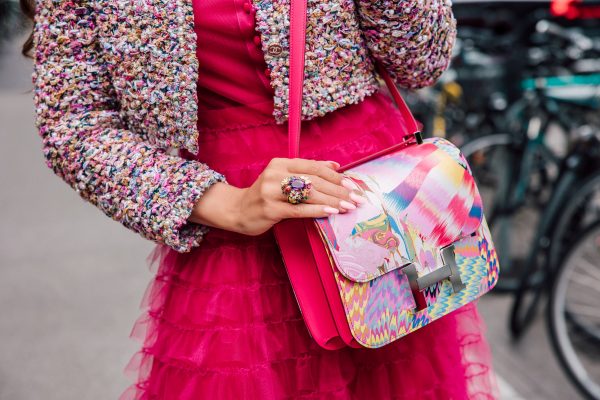
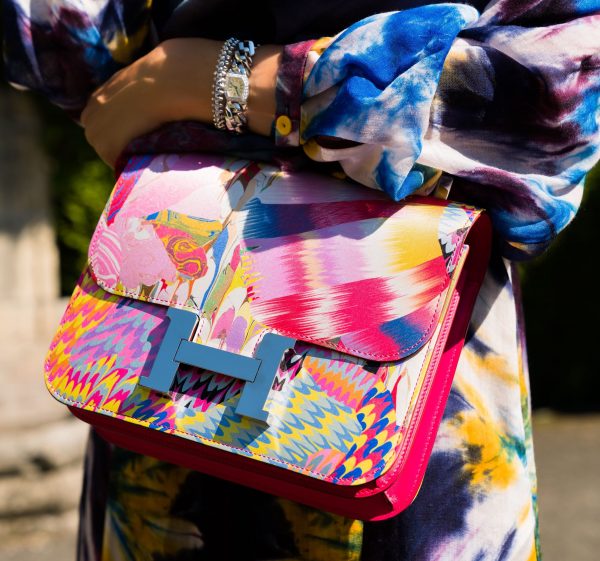
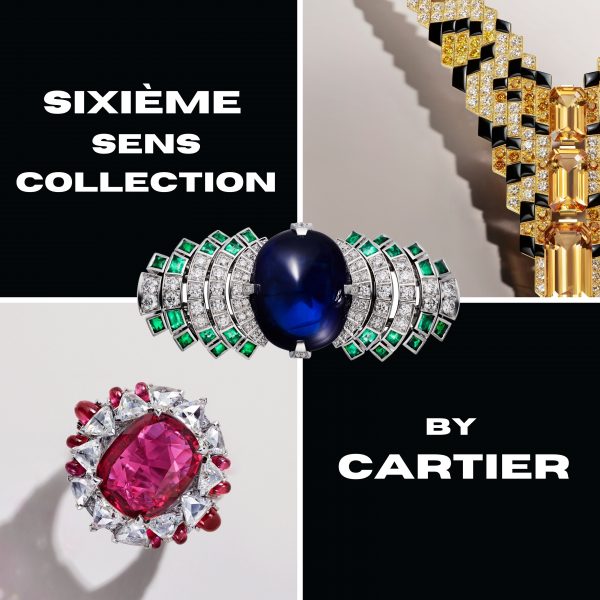
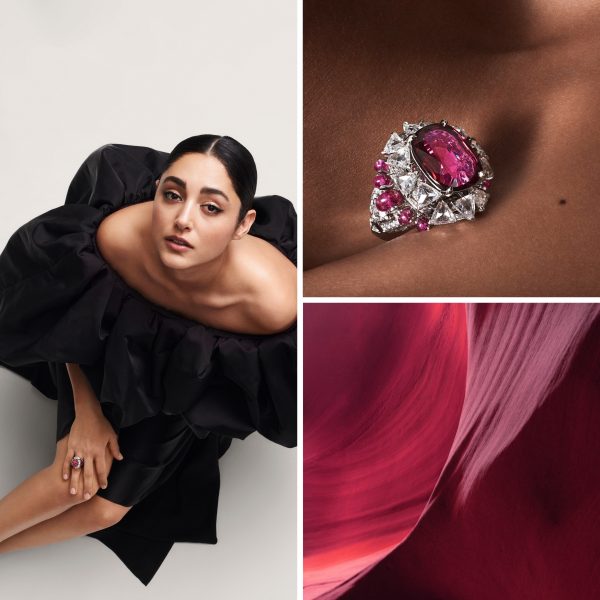
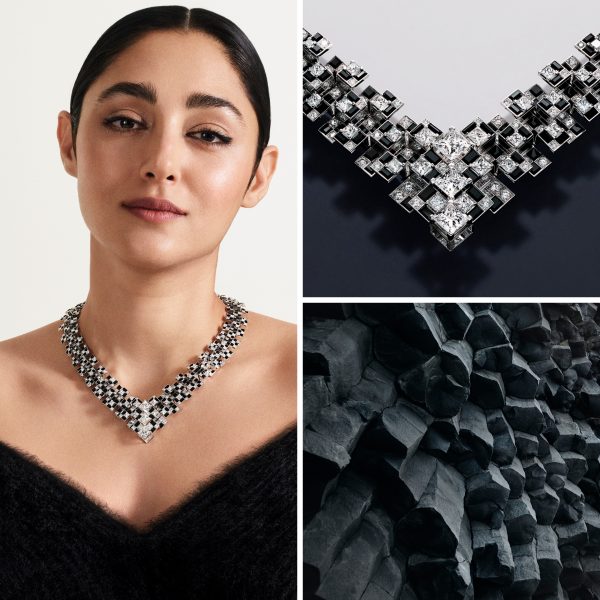
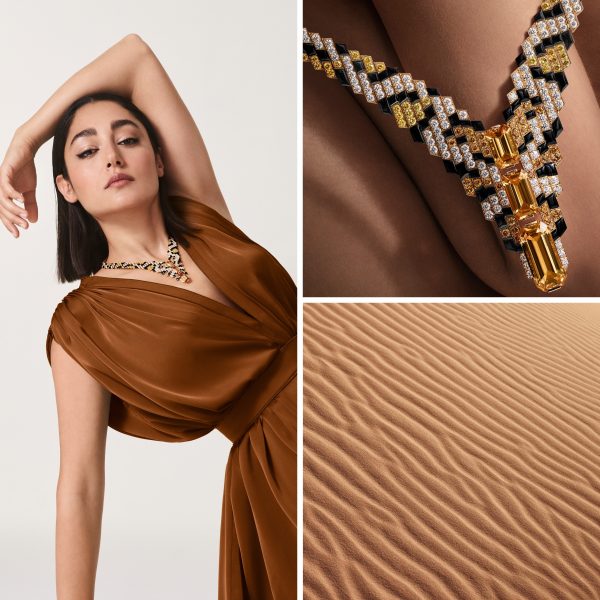
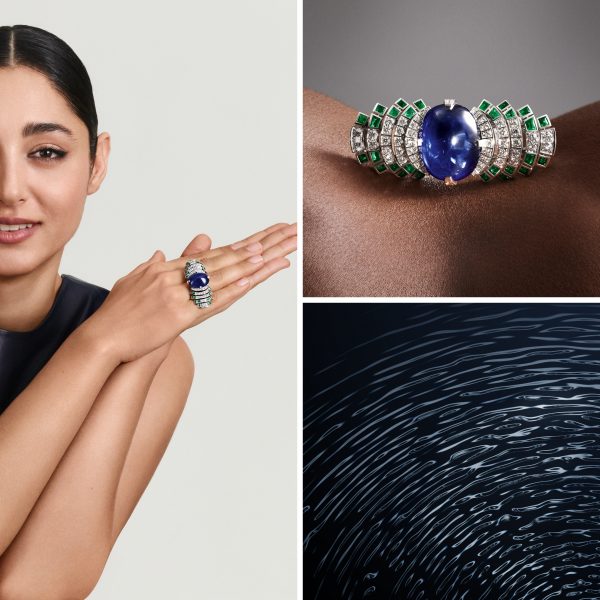
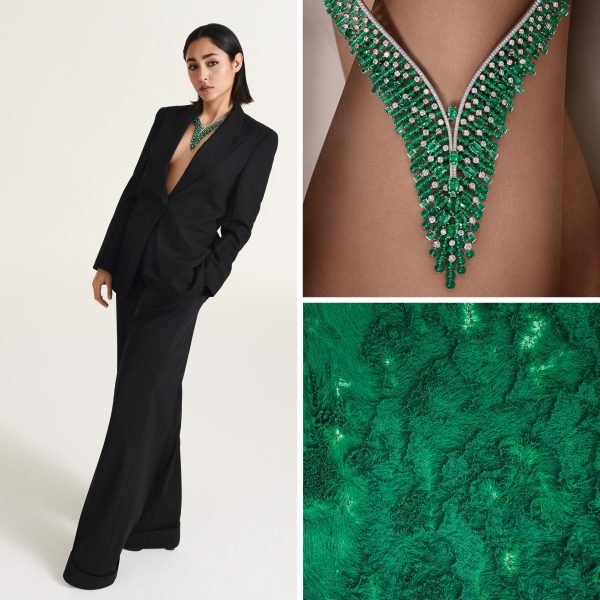
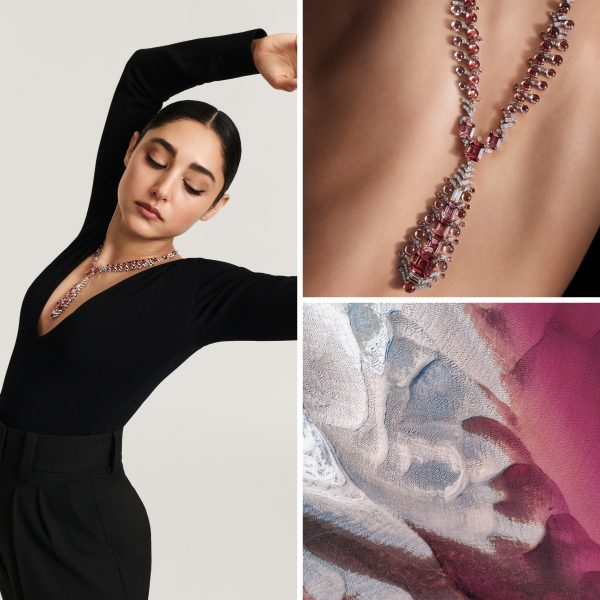
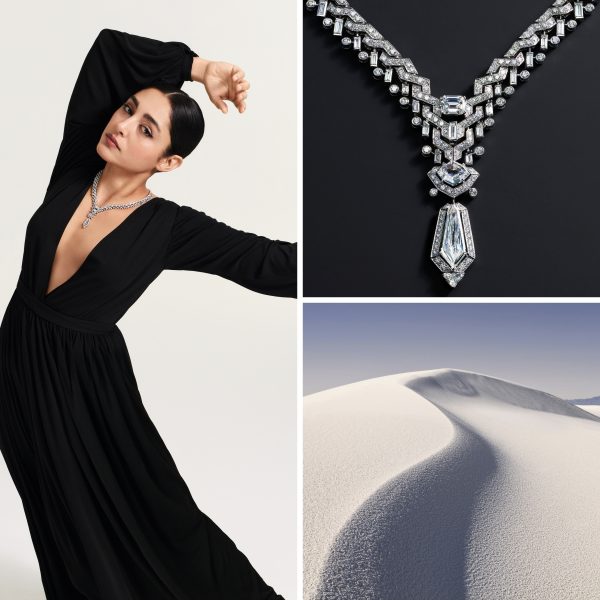
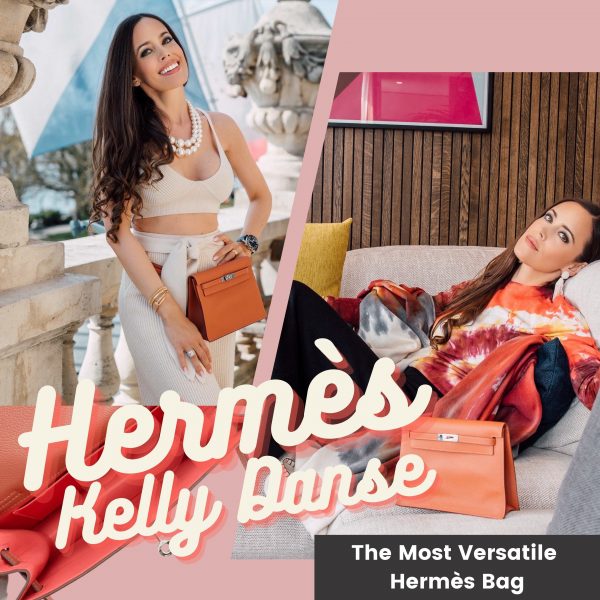
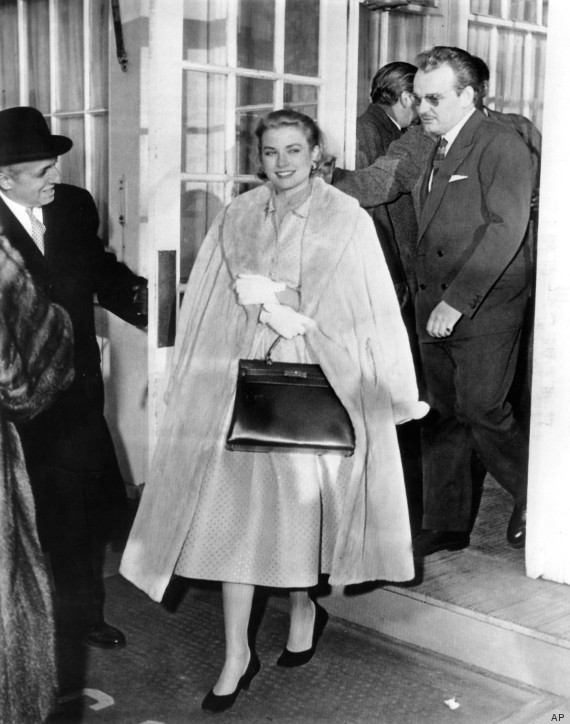
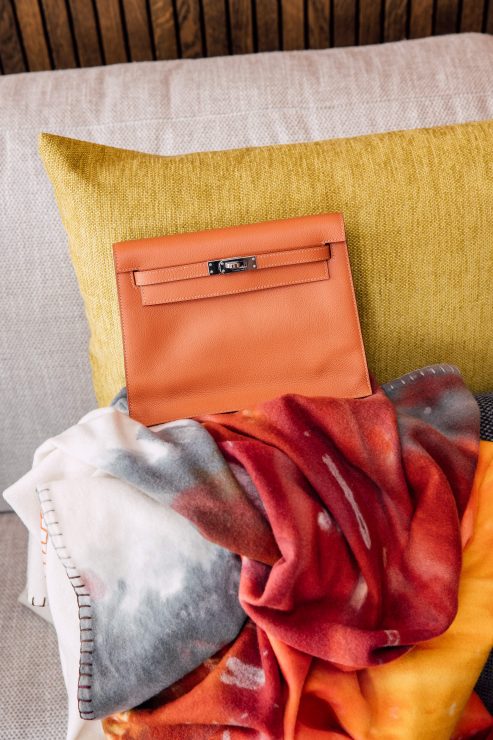

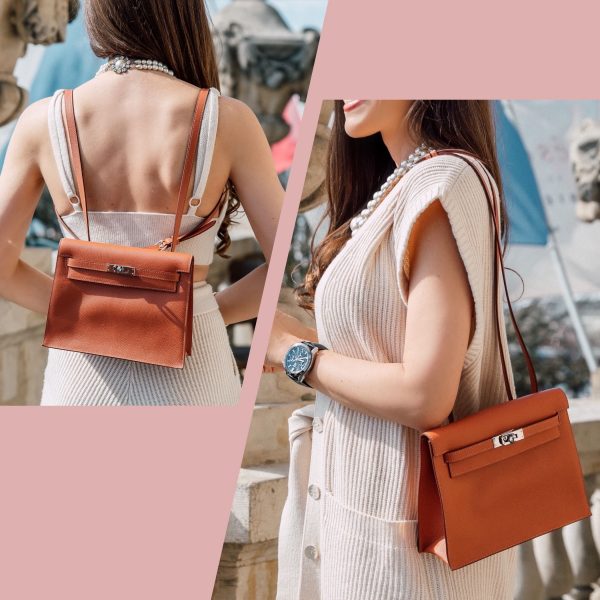
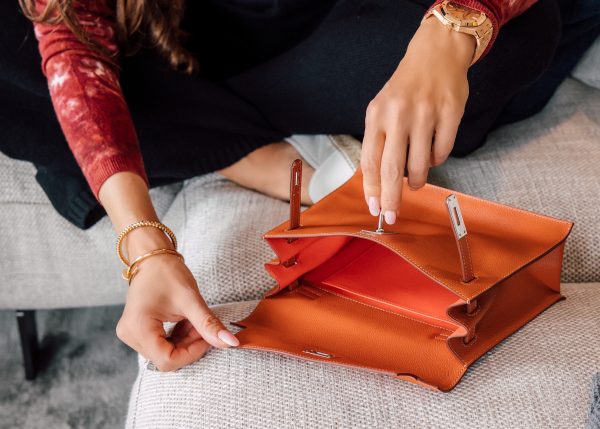
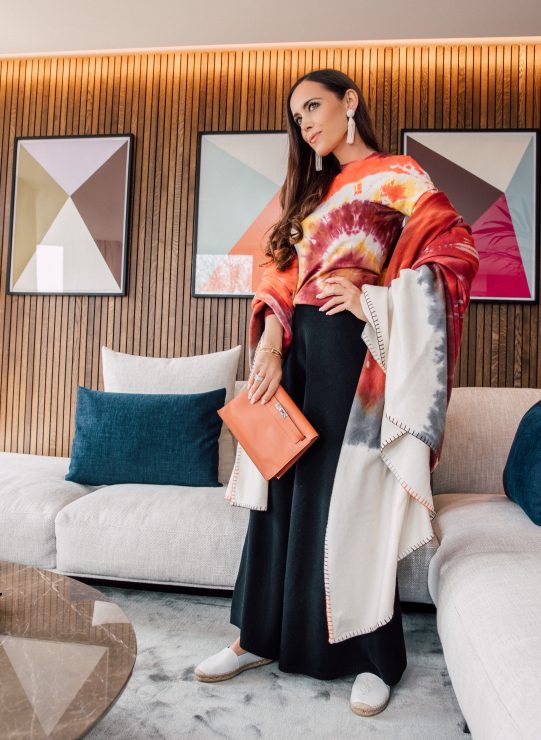
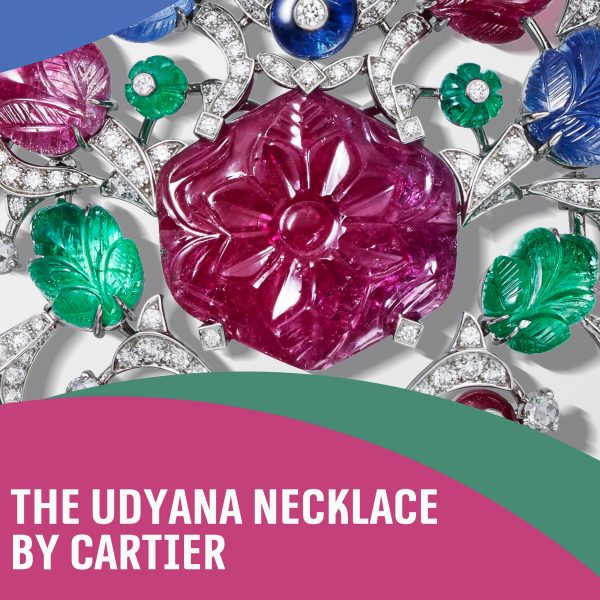
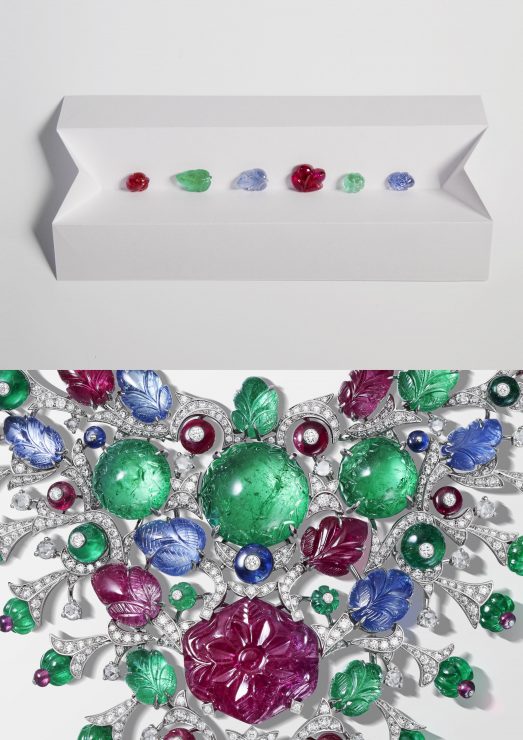
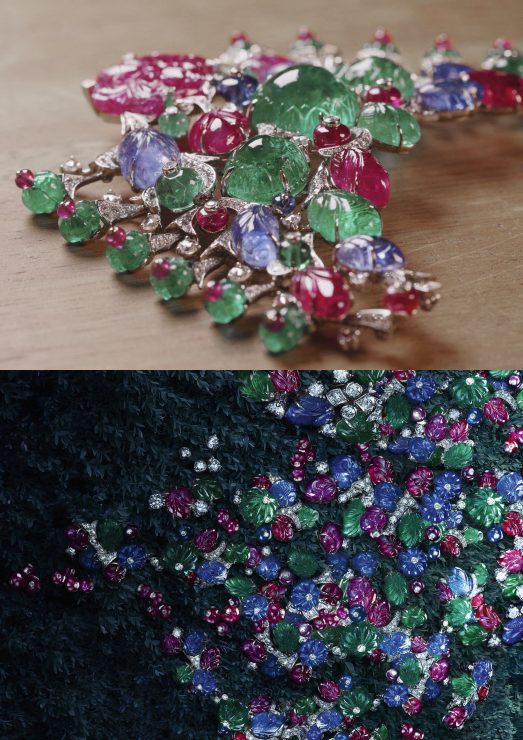
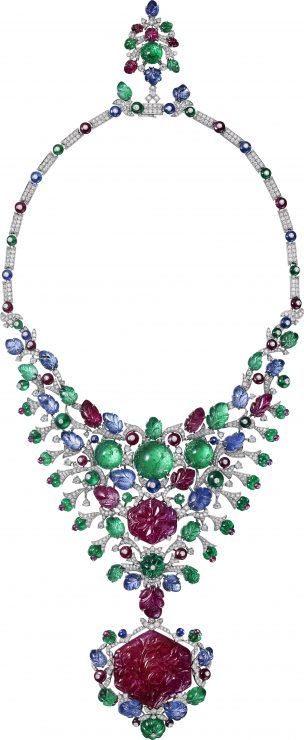
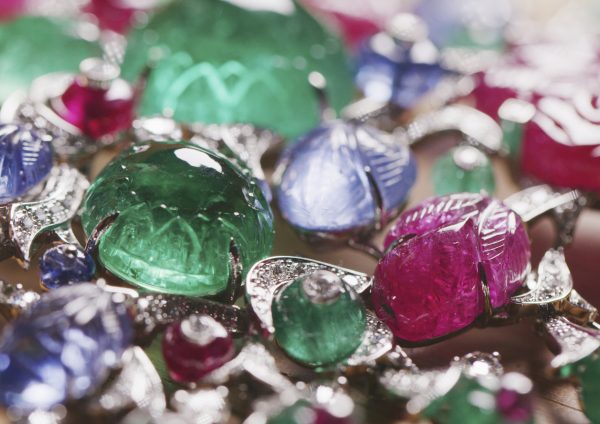
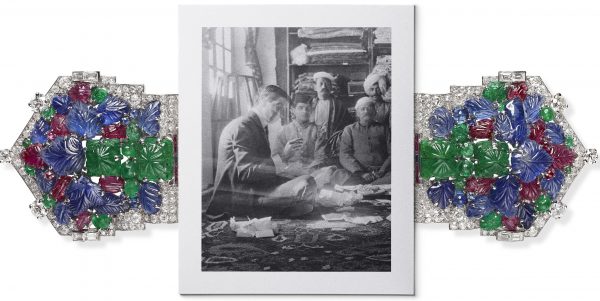
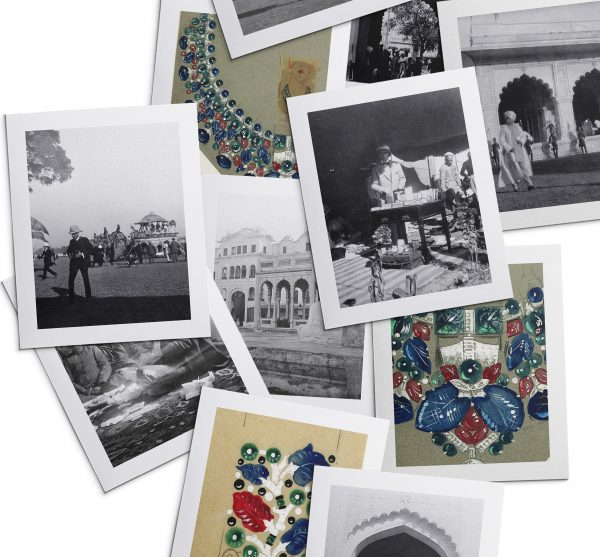
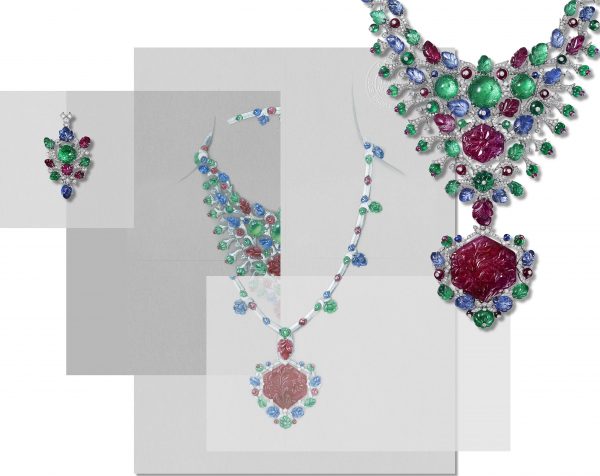
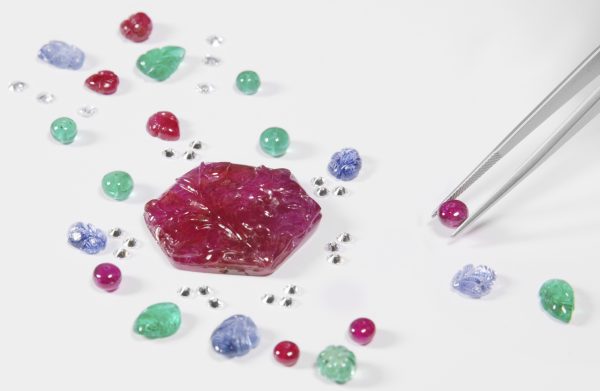
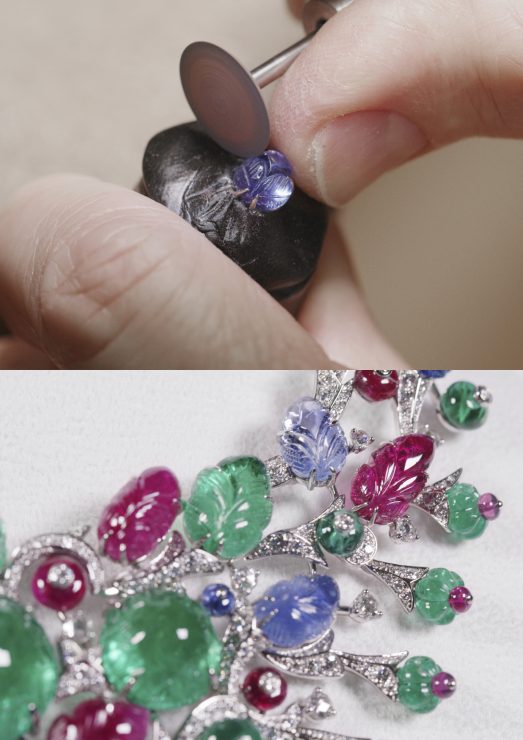
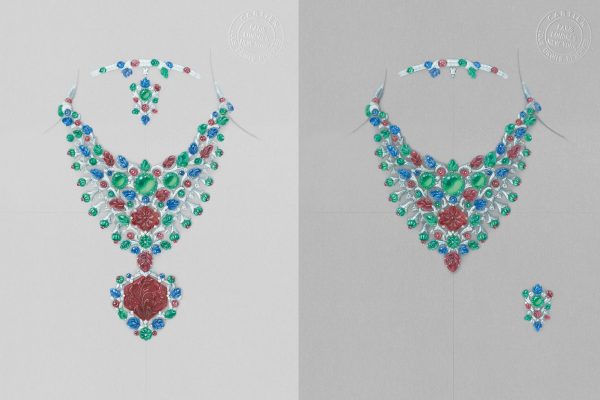
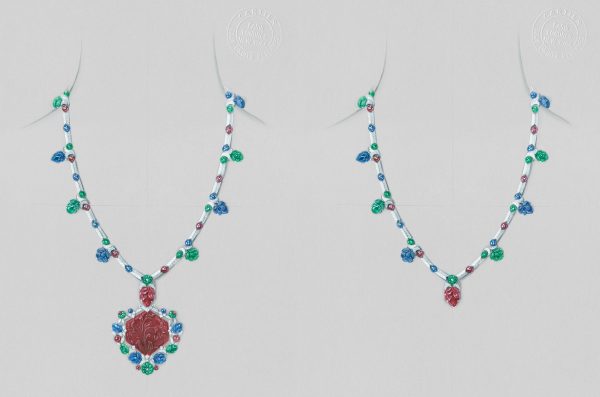
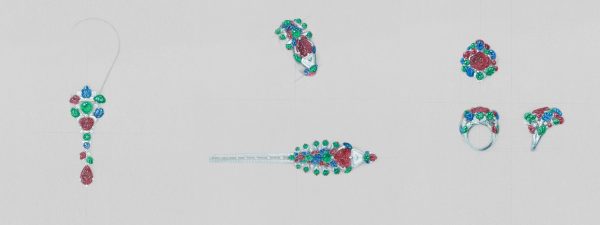
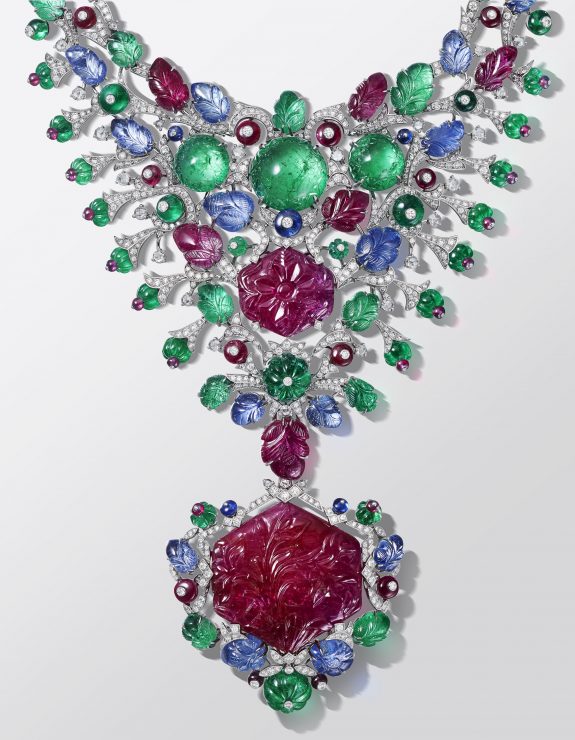
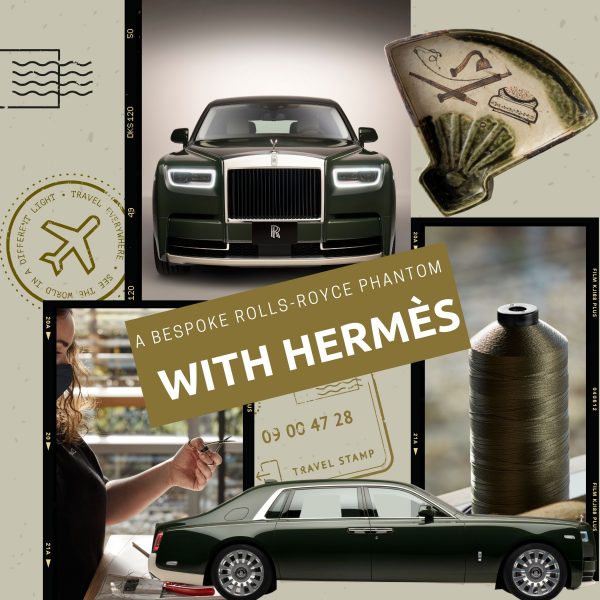
 Yusaku Maezawa
Yusaku Maezawa

